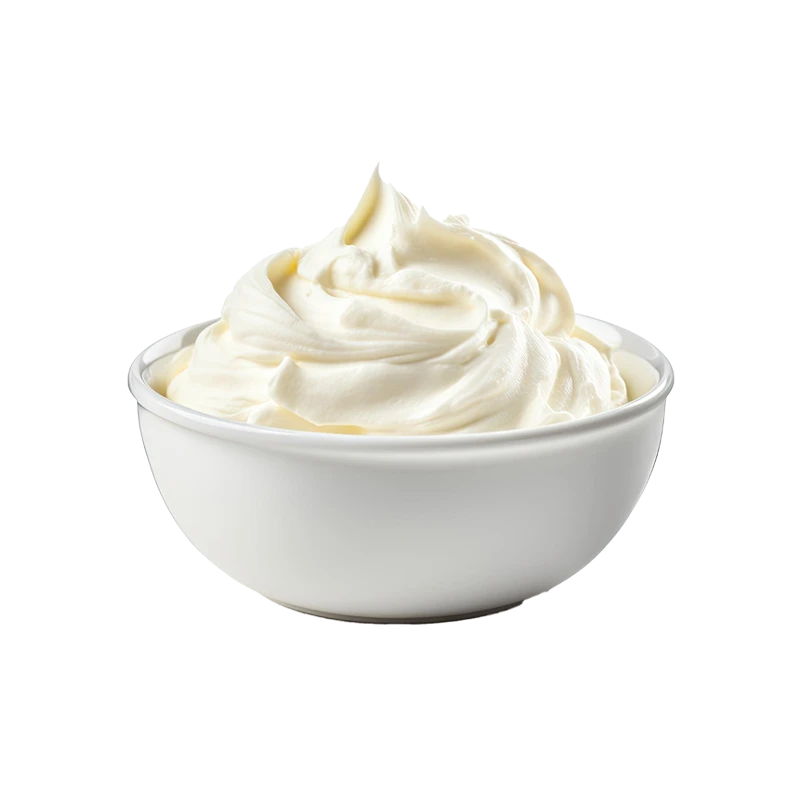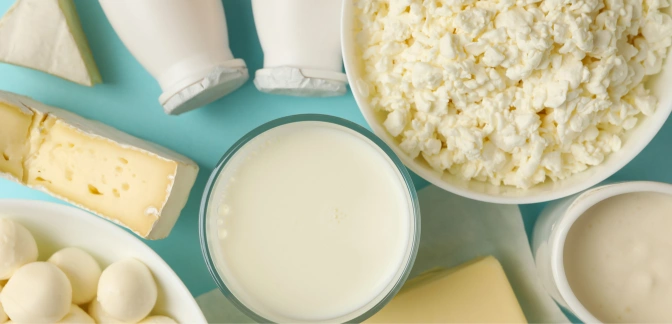Heavy Cream — Nutrients, Health Benefits, And Shopping Tips

Written by Listonic Team
Last update on September 6, 2024
Heavy cream nutrients
Nutrition facts
Amount per 100 g
Calories
🔥 340 kcal
| Nutrition per: 100 g | Value | % Daily Value* |
|---|---|---|
| Carbs | 3 g | 1.09% |
| Fiber | 0 g | - |
| Sugars | 3 g | 6% |
| Glycemic Index | 0 | - |
| Protein | 2 g | 4% |
| Sodium | 39 mg | 1.7% |
| Total Fat | 36 g | 46.15% |
*The % of Daily Value (DV) tells you how much a nutrient in a serving of food contributes to a daily diet. 2,000 calories a day is used for general nutrition advice.
3 g
⬇️ Low Carb Content
Heavy cream facts & tips
Health benefits
- Rich in healthy fats, which provide energy and support cell function.
- High in calcium, which is important for strong bones and teeth.
- Contains essential vitamins such as Vitamin A, D, E, and K, which support overall health and well-being.
- Enhances flavor and texture in a variety of dishes, making them more enjoyable and palatable.
- Can be used in moderation as part of a balanced diet to add richness and creaminess to recipes.
Health risks
- High fat content particularly in saturated fats, which can raise cholesterol levels and increase the risk of heart disease when consumed frequently.
- High calorie content which can contribute to weight gain if consumed frequently or in large quantities, particularly as an ingredient in rich dishes or desserts.
- Potential for lactose intolerance symptoms such as bloating, gas, or diarrhea in individuals sensitive to dairy products.
- Potential for overconsumption due to its rich and palatable nature, leading to excessive calorie and fat intake if not mindful of portion sizes.
- Low nutrient density as heavy cream provides limited vitamins and minerals compared to other dairy products like milk or yogurt.
How to choose heavy cream
When selecting heavy cream, ensure it is thick and smooth, indicating it has been stored at the correct temperature. The consistency should be uniform, without any signs of separation or curdling.
Avoid heavy cream that appears watery or has lumps, as these are signs of spoilage. Containers that are swollen or leaking should also be avoided, as they indicate the product is no longer fresh.

How to store heavy cream
Heavy cream should be stored in the refrigerator, preferably in its original container. Refrigeration keeps it fresh and usable for up to a week. Proper storage maintains its thickness and flavor.
Air and heat exposure can cause heavy cream to spoil quickly. Avoid leaving it out at room temperature. Always reseal the container tightly and use clean utensils to prevent contamination. Proper handling ensures it stays fresh and ready for use.
✅ Extra Tip
How long does it last?
Heavy cream can last for 1-2 weeks in the refrigerator once opened. Unopened, it can last for 2-3 weeks. For longer storage, heavy cream can be frozen for up to 2 months, though it may separate when thawed. Proper storage helps maintain its freshness and quality.
What to do with leftovers?
Leftover heavy cream can be used in a variety of rich and indulgent dishes. Use it to make a cream sauce for pasta, chicken, or vegetables by simmering it with garlic, herbs, and Parmesan. Heavy cream is also great when whipped into a dessert topping for cakes, pies, or hot chocolate.
Use heavy cream in a soup or chowder to add richness and body, or mix it into a quiche or frittata with eggs, cheese, and vegetables. If you have a lot of heavy cream, consider making a batch of homemade ice cream by churning the cream with sugar and flavorings until frozen. Heavy cream can also be used in a creamy risotto or mashed potatoes for added richness, or mixed into a creamy salad dressing with lemon juice and herbs. For a quick treat, enjoy heavy cream whipped with sugar and vanilla, or use it to make a batch of homemade butter by shaking the cream until it separates.
👨⚕️️ Medical disclaimer
Discover products from other categories
Listonic Team
Fact-checked
Our editorial team checked this article to make sure it was accurate at the time of publishing it.
Get the top-rated shopping list app on your phone!







